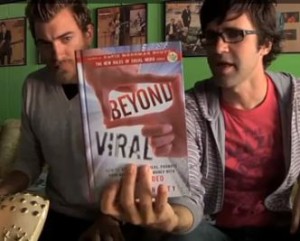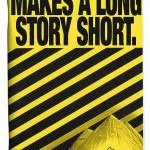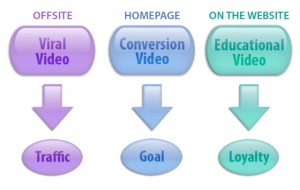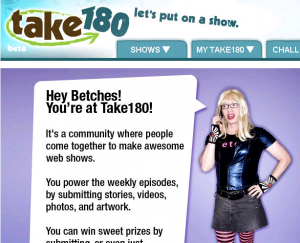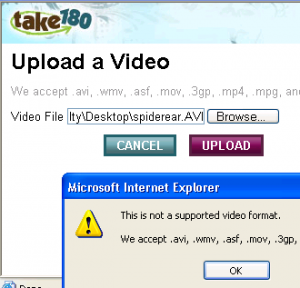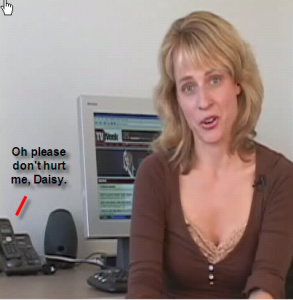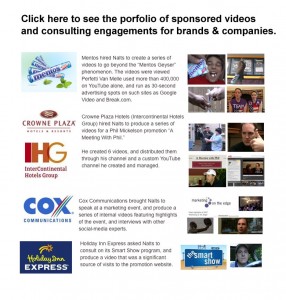The Social Media for Nonprofits conference series kicks off in SF w/ @kanter, @GuyKawasaki & @jdlasica. bit.ly/lWLDQO #nonprofit #nptech
http://socialmedia4nonprofits.org/
Perfect timing for what I’d planned this week… The 10 Commandments for YouTube/Viral Marketing for Causes and Non-Profits…
1. Though Shall Not Stop With Text. If you blog, also vlog. Use video to simplify your message, and to SEO optimize it. A good video travels farther than great words.
2. Honor Thy Description. Pack cause-related videos with dense descriptions and tags, and links to websites placed prominently where they can be seen in YouTube’s truncated description.
3. Useth Thy Stigmatized Words Too. In thy language, be true to the “right” way to speak about thy cause. BUT also use words people actually search. If you’re promoting equal rights, add politically incorrect terms too.
4. You Shall Not Carry Thy Message Alone. Find those with large YouTube audiences who share your non-profit’s mission. Ask them to carry your message in their own voice. Expect not your boring video to be found and go viral.
5. Be Not Boring. In Title and Thumbnail Especially. A non-profit need not be dull. If humor, dancing, song and shock aren’t appropriate… than use emotional videos to promote sharing. Use metaphors or images to reach the hearts of viewers. Be bold, controversial, kind and uplifting. Don’t paint a hopeless situation. Fire people up with how close we are to solving your challenge, and find an entertaining way to ask them to help you reach the nearby finish line.
6. Ask Not Just For Money. Social currency is as important as cash. Just like asking for a token amount ($10) ask viewers for small gestures. A “like,” comment or “favorite” on a video is a donation that will help many others find the video, and that may be worth more than the non-social currency you call cash.
7. Focus Not on The Viral Video Idea Alone. Don’t stop with video ideas that you think may fly. Focus instead on getting the video seen via as many social mediums as possible. Ask your Facebook friends to share them, and highlight other videos related to your non-profit (even the “competitor” counter intuitively). Rather than do one “big” video, do many, many that are customized to various audiences and stakeholders.
8. Get Input Before Campaign. Ask people who are immersed in the medium for ideas. Even if they have none, they’ll be more likely to share your final work because they have “buy in.” It’s harder to say “no” when asked to spread a message if you’ve already provided some ideas before the message was cooked up.
9. Use Thy Coalition To Reach Webstars. YouTubers are bombarded with direct pleas, and begin to ignore messages (especially those via YouTube mail). Ask your advocates to reach out to YouTube “stars” via Twitter and Facebook. What top Tuber can ignore dozens of pleas mentioning his/her ne and a cause or non-profit? We all search our names on Twitter at least daily.
10. Time Thy Campaign to Project4Awesome. This Fall program spawned by the Vlogbrothers is the annual cause-awareness initiative on YouTube and even the least-viewed videos are usually seen more than the best-produced cause videos.


